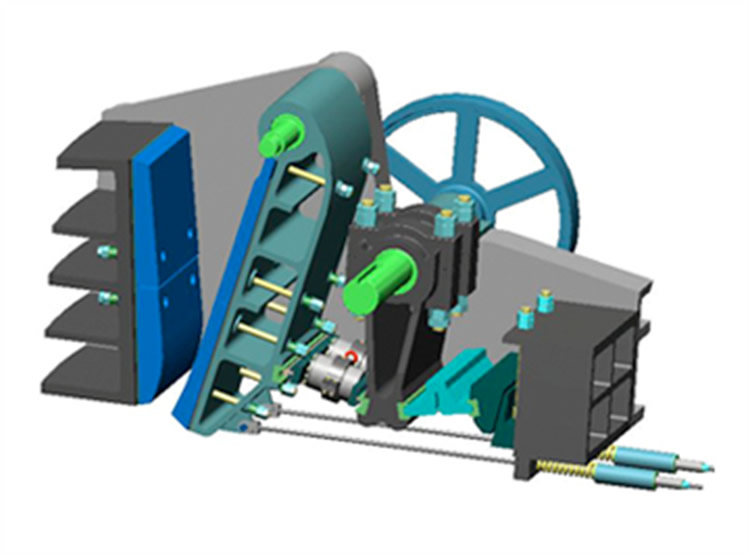Crushers
Crushers
Primary crushers must resist the impacts which may occur due to the clash of big rocks and perform pre-crushing with possible minimum loss. Basically, the size of the feeding material should be less than 1200 mm. Feeding hoopers must be protected with an appropriate sieve or hydraulic crusher must be designed to crush big sized materials. Generally primary and secondary crushers, but also rarely tertiary crushers are used to reduce the material size to a lower level than 1000 mm.

Several factors should be considered in crusher selection. Some of them:
1. Raw material characteristics (pressure resistance, abrasivity etc.)
2. Required capacity
3. Required product size
4. Raw material feeding size
5. Investment and operational costs
6. Fixed, mobile or semi-mobile type
|
CRUSHER TYPE
|
MAXIMUM CRUSHING RATE
|
PRESSURE RESISTANCE (MPa)
|
SILICA CONTENT (%)
|
MOISTURE CONTENT (%)
|
|
Single Shaft Hammer Crusher
|
1:100
|
< 150
|
< 8
|
< 10
|
|
Double Shaft Hammer Crusher
|
1:100
|
< 150
|
< 8
|
< 15-20
|
|
Impact Crusher
|
1:20
1:60
|
< 175
|
< 12
|
< 8
|
|
Double Roller Crusher
|
1:6 Primary
|
< 150
|
> 15
|
> 20
|
|
Roller Sizer
|
1:6 Primary
1:5 Secondary
1:4 Side sizer
|
< 175
|
> 15
< 15 Secondary
< 15 Side sizer
|
> 15 Primary
|
|
Jaw Crusher
|
1:5
|
> 150-400
|
> 15
|
< 5
|
|
Conical Crusher
|
1:5
|
> 150-400
|
> 15
|
< 5
|
As SC Industry, we offer you the optimum solution by blending our experience and technical knowledge in crusher systems. In addition to the technical sufficiency, we also support our customers to assess the financial sufficiency considering investment and operational costs. We follow new technologies in the worldwide and meet all the needs of mining industry in our country.